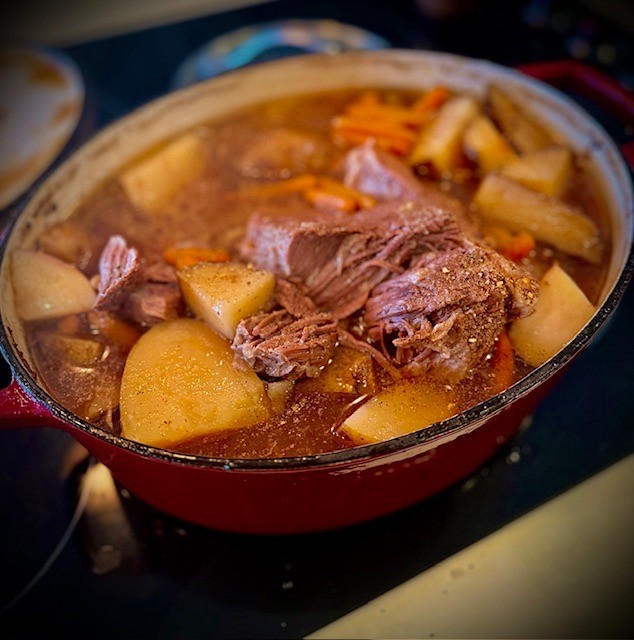A Tale as Old as Dirt
posted on
August 16, 2024
Picture this, you’re 13, it's 5th period, and your desk being dreadfully uncomfortable is the only thing keeping your eyes open as your teacher drones on about something called “the Dust Bowl?”
Struggling to recall the intricacies? I got you.
Between 1930 and 1940, agricultural practices in the U.S. and severe drought conditions led to one of the worst environmental disasters in our nation’s history.
The Dust Bowl was precipitated by heavy tilling, monoculture farming, and even a horde of locusts.
The soil turned to dirt. The dirt covered the ground, leaving it barren and desert-ified. What was once fertile lands where the buffalo roamed, was degraded to dust.


Clearly, soil is important.
Soil is the upper layer of the earth’s surface, composed of minerals, organic matter, water, and air. It supports plant growth and is an active part of the ecosystem.
Dirt on the other hand, is essentially displaced soil—soil that has been removed from its natural, productive environment.
I read of a farmer a few years back, who had come on hard times. His crop wouldn't grow no matter how much he tilled, planted, and sprayed. Each year was worse than the previous. Through wet and dry seasons, his ground would not produce. The farmer found himself at an impasse. Change his ways, or lose the farm. He began researching budget-friendly techniques, “how did we farm before synthetics?” He found himself reading the journal entries of Thomas Jefferson. Jefferson described moving cattle on paddocks, using cover crops, and implementing a new kind of plowing. Jefferson didn’t know it yet, but he was describing the principles that are now hallmarks of regenerative agriculture. (But it wasn’t called that yet, it was just called “agriculture.”).
This farmer tried his hand at these methods. His crops flourished, and are still flourishing now, thanks to regenerative agriculture.
Given that conventional agriculture (*cough, cough* remember the Dust Bowl?) is now kind of the norm, we needed a new word for the kind of farming from the olden days. The kind of farming that, literally, gives life back to the soil rather than depletes it.
The first records of the word “regenerative” come from the 1300s. From the Latin verb regenerāre, meaning “to bring forth again,” a rebirth.
Our soil needs rebirthing after years of tillage and monoculture farming.
Tilling involves turning over the first 6 - 10 inches of soil before planting new crops. Working surface crop residues, animal manure and weeds deep into the field, blending it into the soil.
Sounds like a good thing, right? Unfortunately, long term, tilling does more harm than good.
Tillage loosens and removes plant matter covering the soil, leaving it bare. Bare soil is more likely to be eroded by wind and water. Think of it this way: undisturbed soil resembles a sponge, held together by an intricate structure of soil particles created by roots and soil organisms. All of that good residue glue is destroyed when we till.
“Agriculture is the way in which we affect our planet most profoundly.” –unknown
The next culprit for soil degradation is monoculture farming, the cultivation or growth of a single crop. When that single crop is out of season, the earth is left bare and exposed.
Mother nature would never!
Covering the soil’s surface with plants (cover crops, grasses, crops) will significantly reduce wind and water erosion, the things that contributed to the Dust Bowl we talked about earlier.
By not leaving our soil dredged and exposed half the year, by reducing our tillage, we’re building that good soil, that residue glue.
As farmers, we want to take care of the land. I certainly don’t want my daughter Austin to grow up in the next Dust-pocalypse.
So how do we ensure history doesn’t repeat itself?




